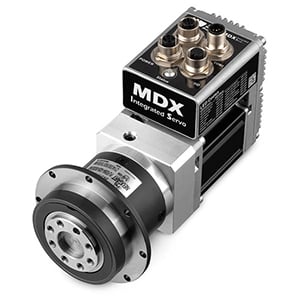 Mobile robots are an ever-evolving element of Industry 4.0 and the Internet of the Things. Mobile robots, which are central to the development of smart factories, transport materials from one location to another. This allows physical staff to focus on more complex and valuable tasks. Central software systems connect multiple mobile robots together. Advanced AI, supported by advanced software and components, also allows the mobile robots to communicate with each other and automatically sense and respond to the physical world of people and objects around them.
Mobile robots are an ever-evolving element of Industry 4.0 and the Internet of the Things. Mobile robots, which are central to the development of smart factories, transport materials from one location to another. This allows physical staff to focus on more complex and valuable tasks. Central software systems connect multiple mobile robots together. Advanced AI, supported by advanced software and components, also allows the mobile robots to communicate with each other and automatically sense and respond to the physical world of people and objects around them.
The main classifications of mobile robots are Autonomous Mobile Robots (AMR) and Automated Guided Vehicles (AGV). There are many types of autonomous and semi-autonomous mobile robots on the market. Regardless of the specific level of autonomy, mobile robots are essentially intended for transporting materials from one location to another.
At the heart of the robot's movement are electric motors that drive the main drive motors for forward and backward movement and steering. Electric motors are also used for the material handling shafts for lifting, clamping and gripping the load while moving it to different locations.
Mobile robots often use brushed DC and AC induction motors, usually due to their low cost. However, when it comes to torque, efficiency, speed control and longevity, nothing beats a brushless servo motor. Brushless servo motors naturally provide more precise speed control and positioning than AC induction motors. And because they have no brushes to wear out, they work maintenance-free for years.
For more information, please contact Eltrex Motion.